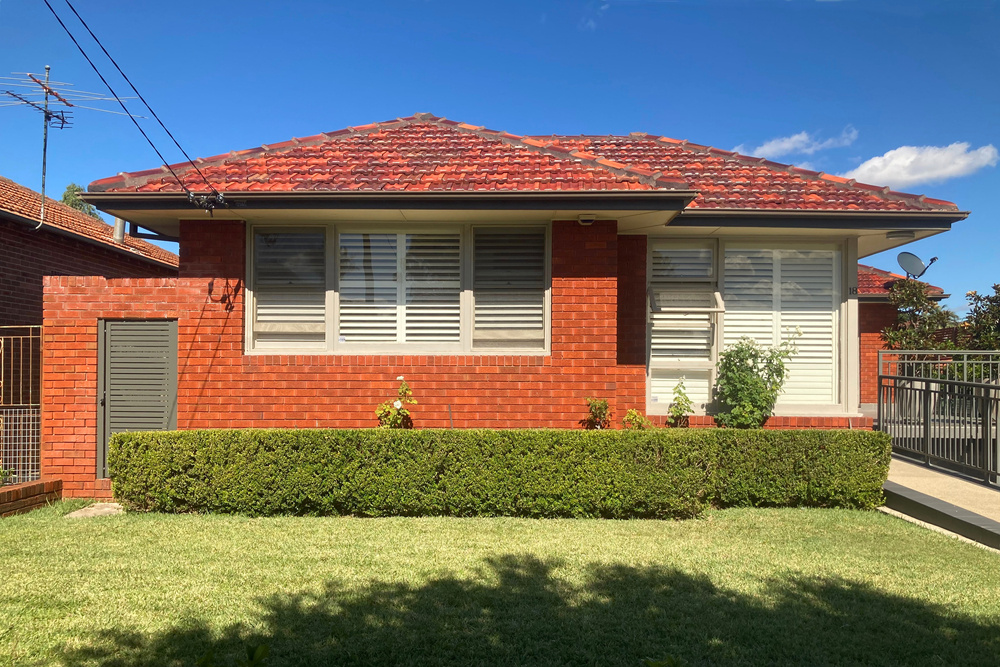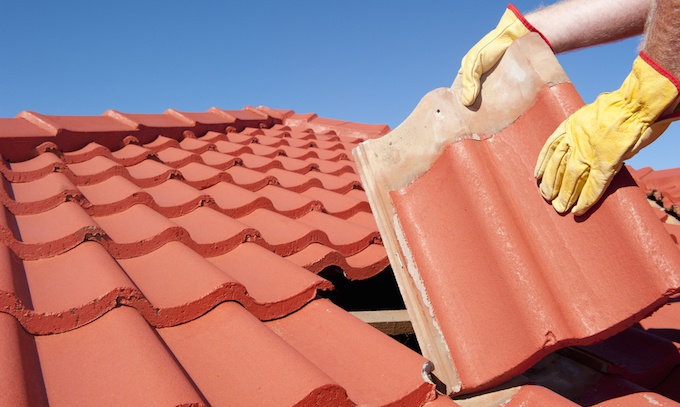
May
Identifying damage to your roof and gutters
Roof and gutter damage is something you certainly don't want to deal with, but over time any roof or guttering can be affected by the elements and other factors. If you catch damage early on, though, you can often amend the problem with far less cost than if it was only resolved later down the line. In today's blog, we list some of the key signs of damage to look out for when it comes to your roof and gutters.
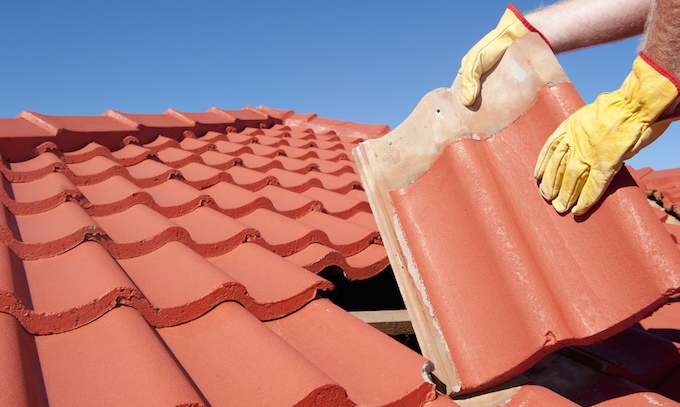
The roof
Discolouration
Have you spotted any discolouration on your roof? If you have, this may be a sign of developing damage - particularly with tiled roofs. Of course, discolouration may also be the result of something relatively benign, but if the discolouration is clearly occurring at a material level (e.g. the tile or metal itself has discoloured) then this could be the result of developing mould or algae, which can further damage your roof in the long run.
Dents, cracks, loose materials
While on the roof, keep an eye out for any signs of cracks or dents. Over time, even the most minor of cracks or dents can worsen and lead to more substantial damage. Also keep an eye out for loose materials or anything missing from your roof (e.g. a segment of a tile is gone). Loosened or lost tiles are a very clear sign that you need some repairs ASAP.
The ceiling
Damage to your roof can sometimes manifest itself via the ceiling. Every now and then, look up to see if your ceiling has any unusual marks or is sagging. When a ceiling sags, this is typically the result of water damage, often because water has managed to get in via the roof and progressively weakened the ceiling. This, in turn, is a fairly clear sign that there may be a leak in your roof that needs to be addressed. You can usually go into the ceiling space when its raining to trace the leak back to its source.
Warping and/or dark stains
Following on from the last point, water that seeps in from the roof can also cause visible warping (as with the sagging ceiling) and stains that start out light but progressively darken as time goes on. This kind of damage typically will show up along the ceiling and walls around your home. If you notice any such damage, inspect your ceiling space and the top of your roof for cracks, missing tiles/sheets, etc. This kind of water damage can occur when your gutter's damaged, too. We discuss this further in the next section.
Gutters
For the gutters, figuring out signs of damage tend to be a little more straightforward than they are with the roof. First, if your home has an older gutter made from metal, the formation of rust through corrosion is a sure sign of damage. If water builds up and has a chance to set into the metal, this can lead to this corrosion. Over time, the gutter can rust through completely and cause holes to form, which undoubtedly impacts on the effectiveness of your gutters at large.
Even if you have a gutter made from modern hard plastic, holes can form from things such as sharp debris cutting into the guttering over or general wear and tear - and time - causing the guttering to weaken. If you're only looking at pinhole leaks, you can usually fix these with a roof sealant. However, if they're larger you'll likely have to look at having that section of guttering replaced.
Another thing that can become damaged over time are the gutter straps that help keep your gutter secured in its place. The signs of damage here are pretty clear. If you notice any of the straps coming loose or potentially breaking apart (e.g. a part of the strap looks like it's thinned out), then they'll need be resecured or replaced, respectively. Just be sure to check them every few months for any of the aforementioned signs.
If your gutters don't have any plastic meshing that helps guard them from leaves and other debris, then it's strongly recommended that you check your gutters more frequently than if you do. That's because a build up of that debris will increase your chances of dealing with water-related damage. A build up can also cause rain water to overlap the guttering and potentially seep into the walling of your home. That's why water damage in the walls towards the top of the house could also be a sign of gutter damage and/or debris build up.









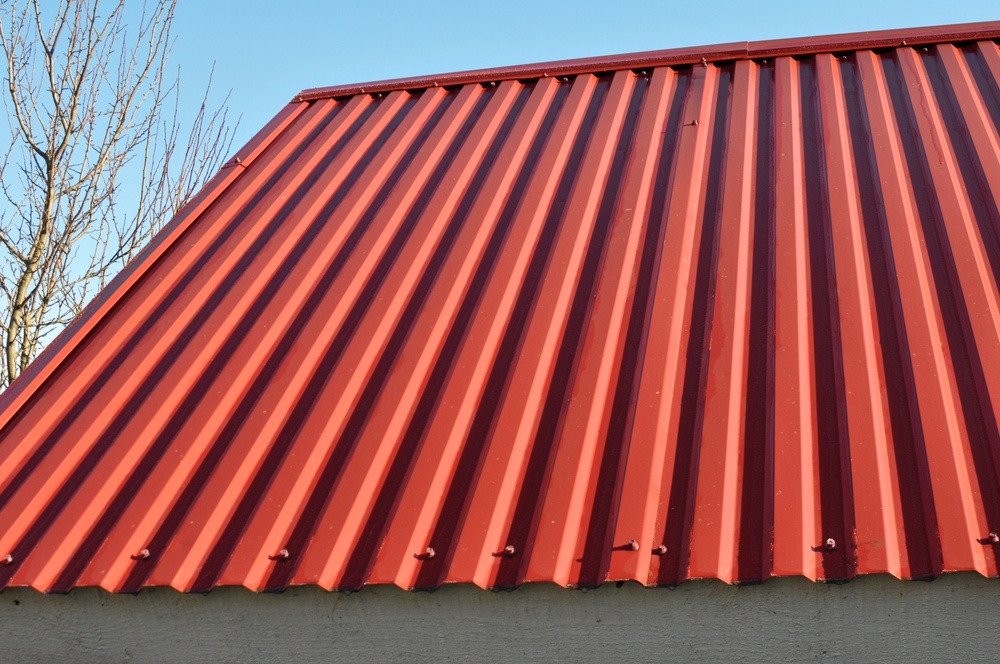
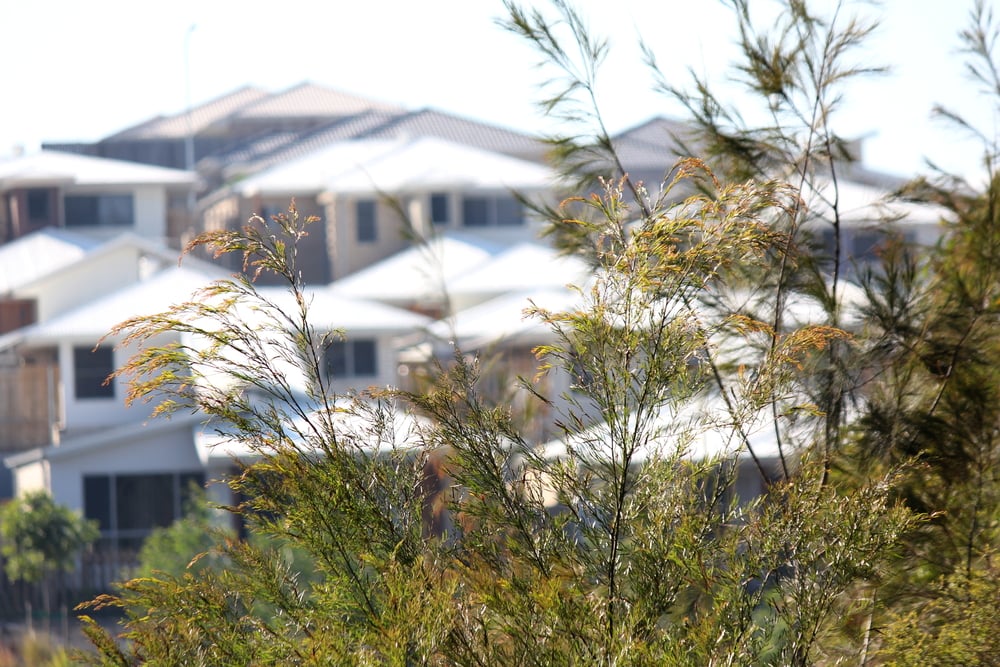



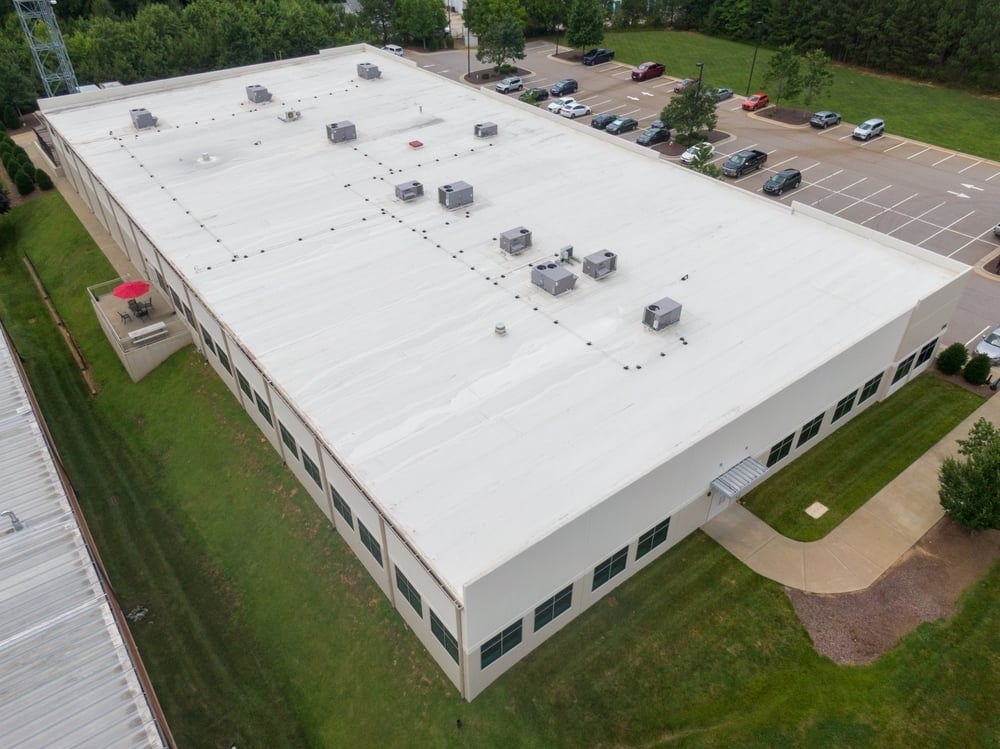
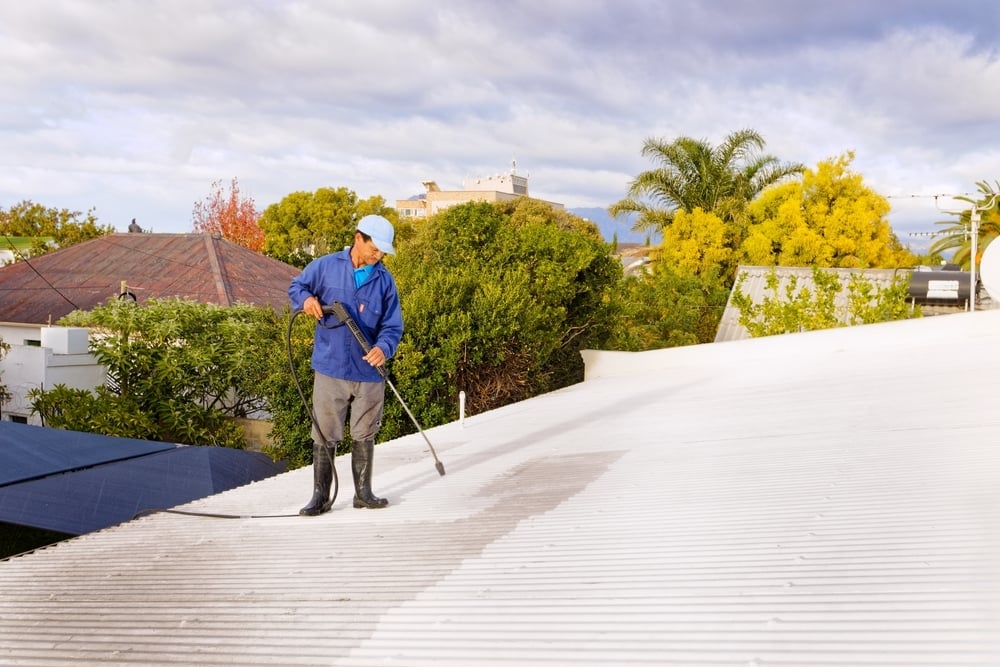
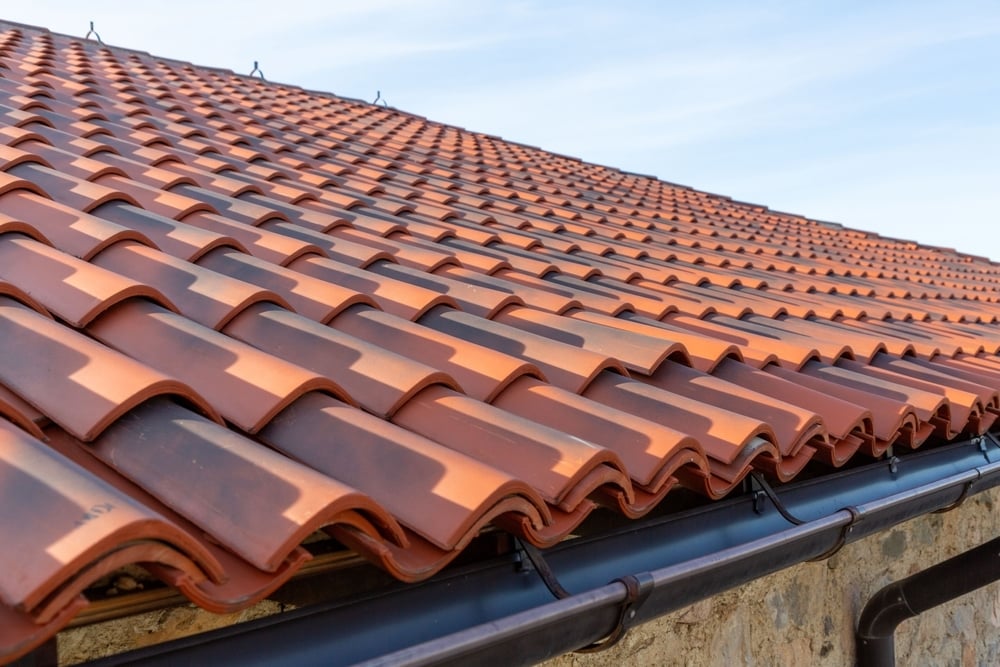
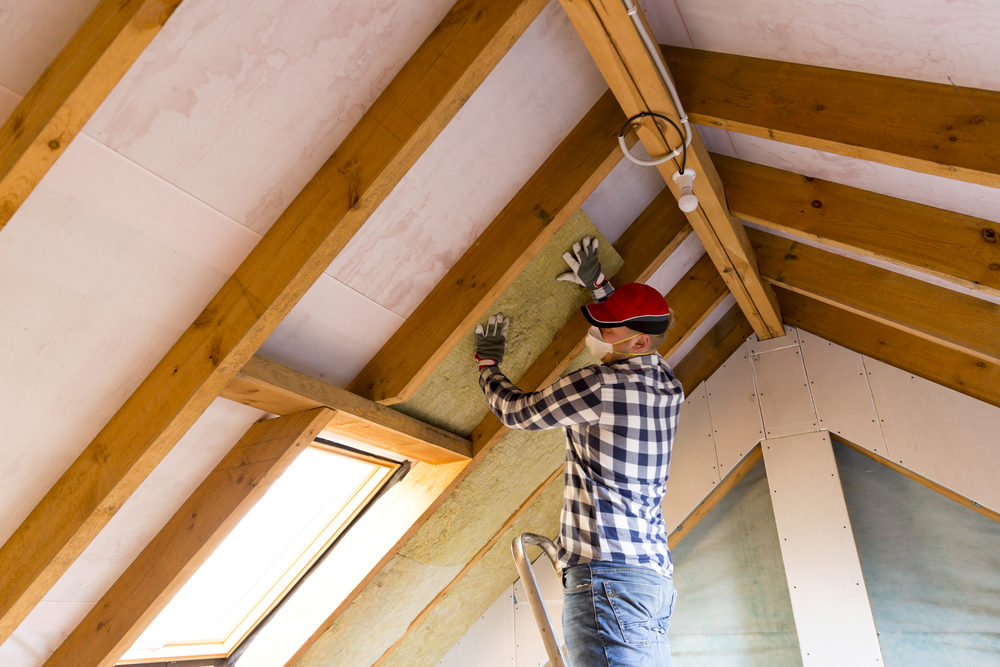
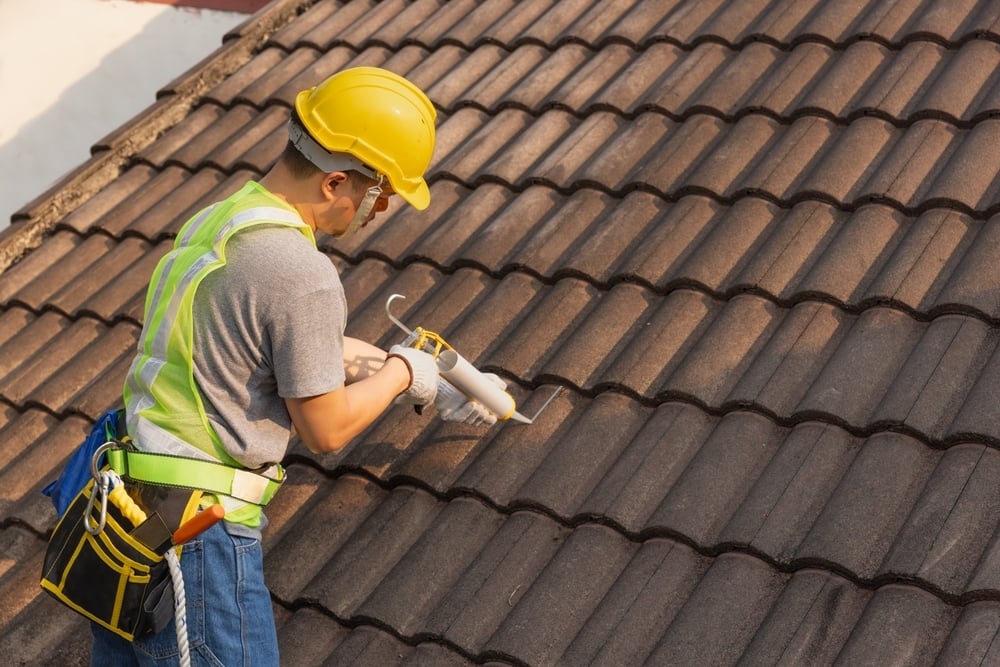
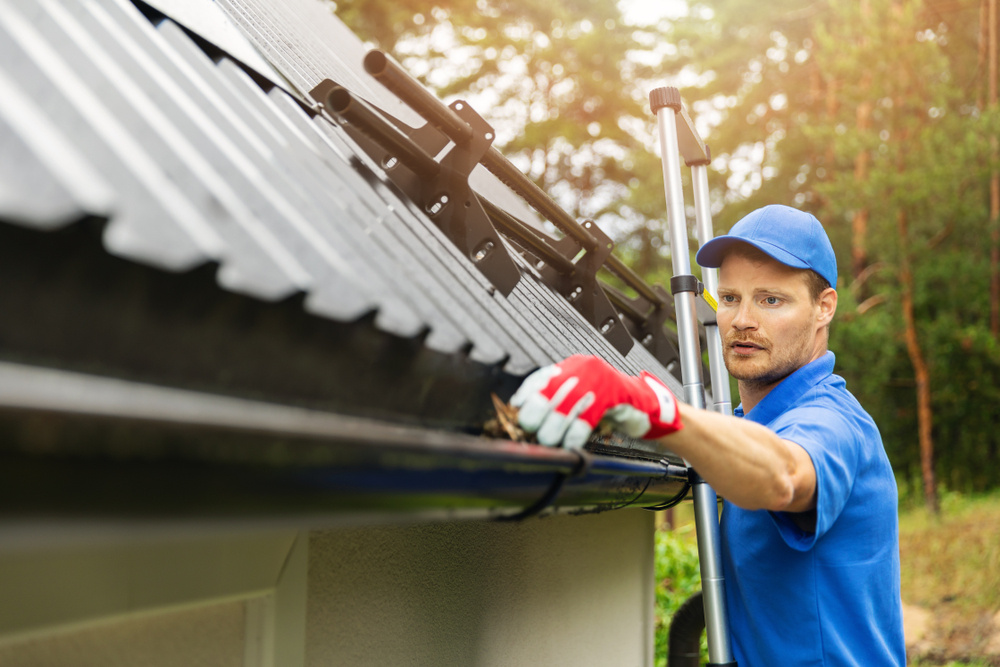

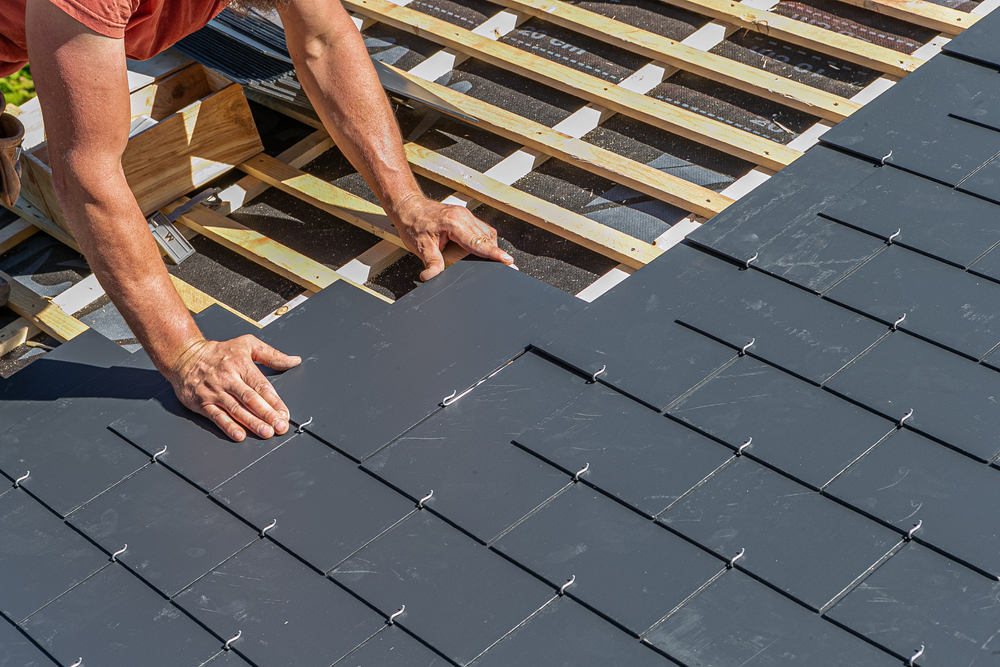
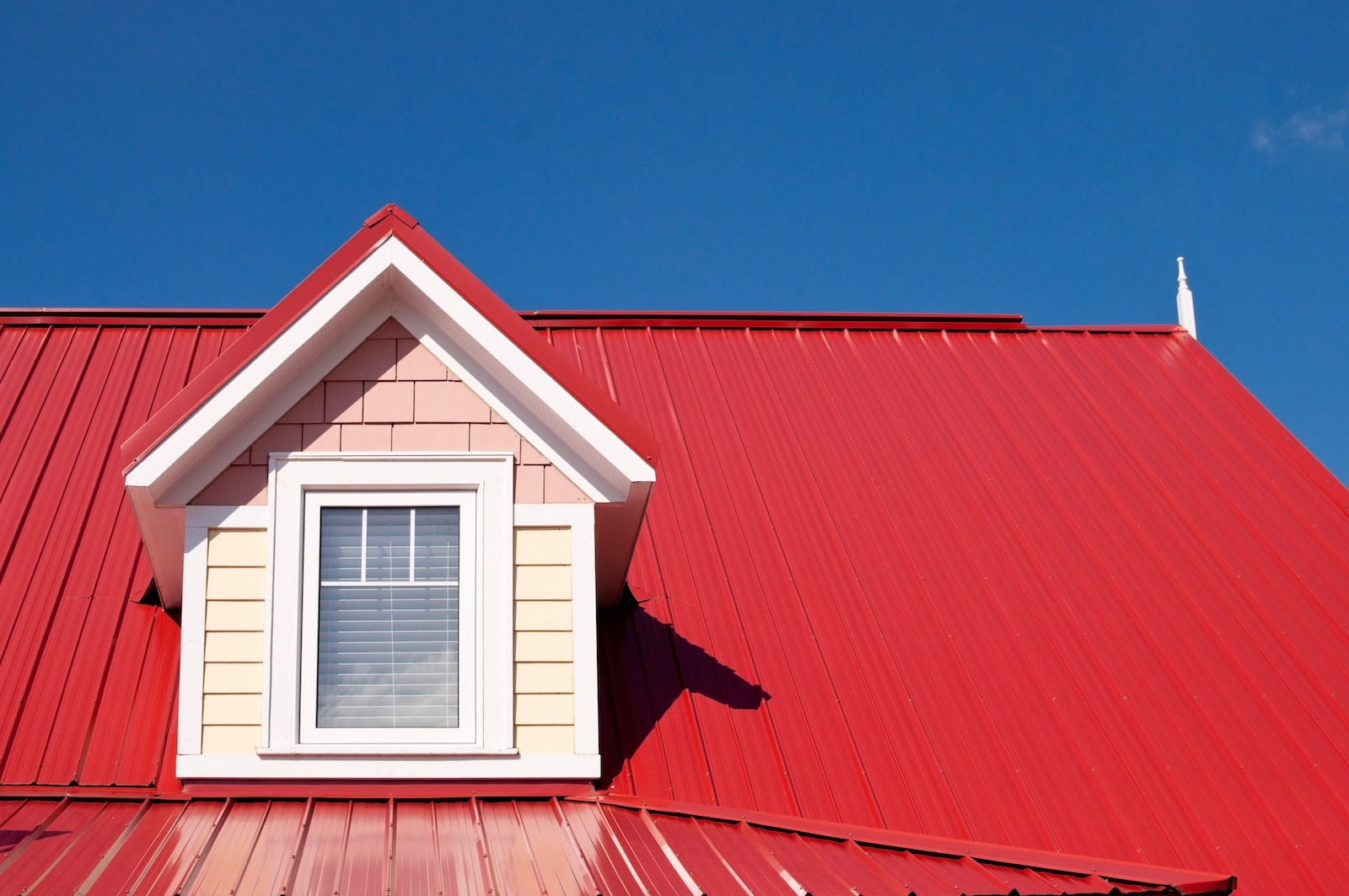
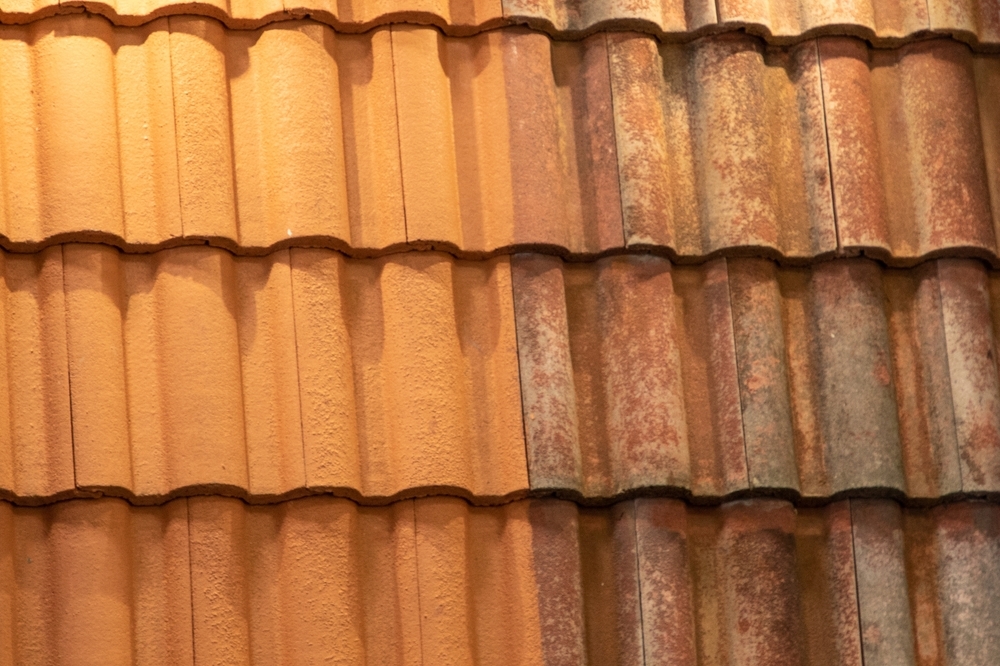
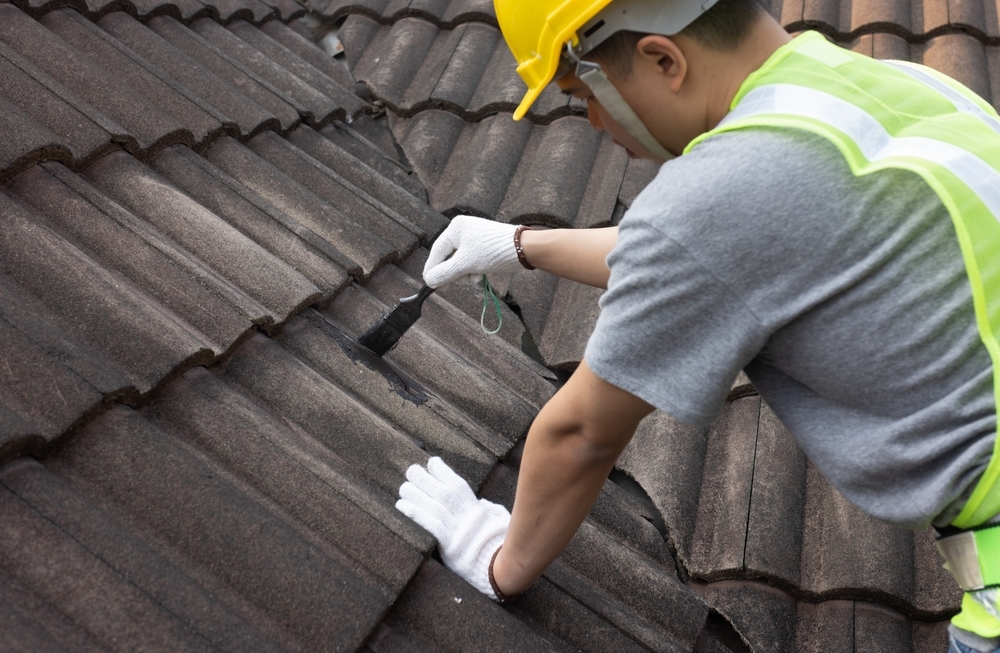
.jpg)
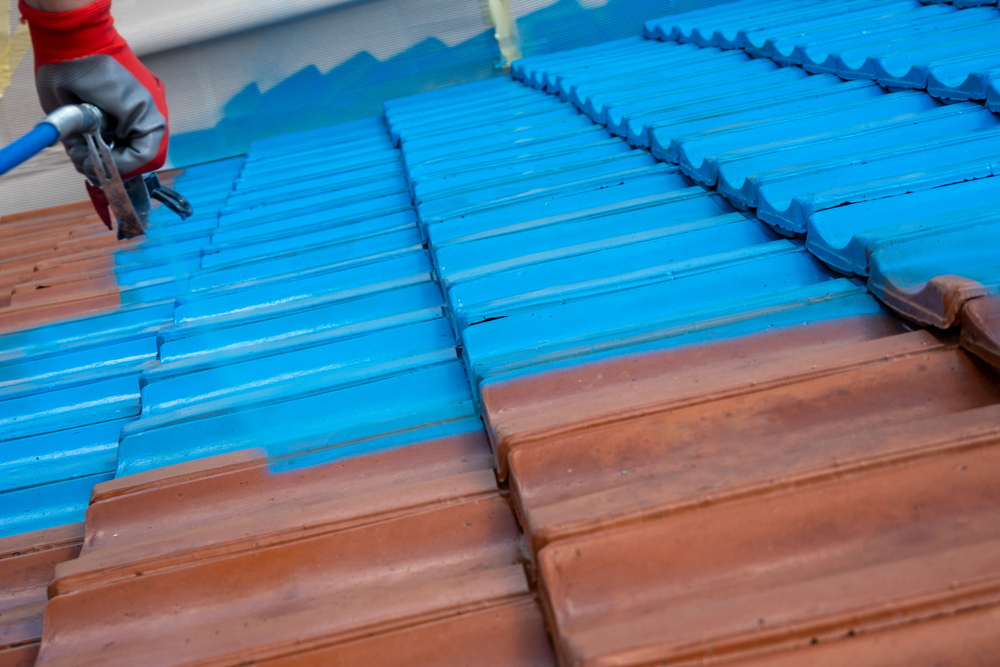
.jpg)
